Using a slow sink drain can be frustrating. A solution that must have crossed your mind is calling a plumber. But if you would like to take on the task yourself, how do you go about it? We have asked plumbing experts for answers, and here is their reply.
One of the easiest ways to deal with a clogged sink drain is plunging. You would need a kitchen sink plunger (not a toilet plunger). Let the sink tap run until the kitchen basin is filled with enough water. Move the plunger up and down quickly, forcing air towards the sink drain, and the clog is released.
Other techniques include:
- softening the slime with a homemade remedy
- cleaning the sink stopper (or plug)
- using a snake
Any of these DIY methods you can try using to unclog your drain. Keep reading to learn all you need to know to get your sink working properly again.
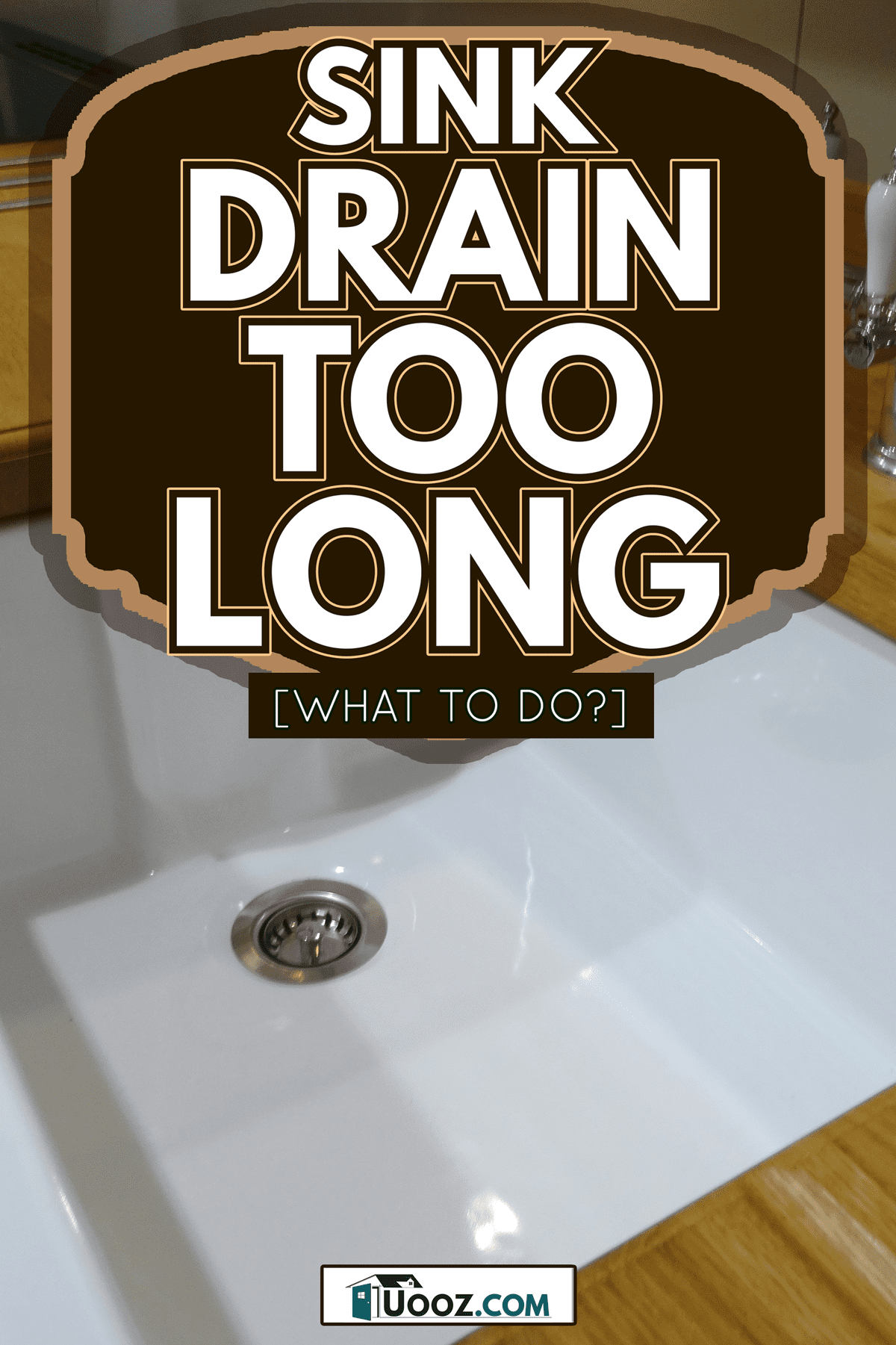
Best Way to Fix a Slow Sink Drain
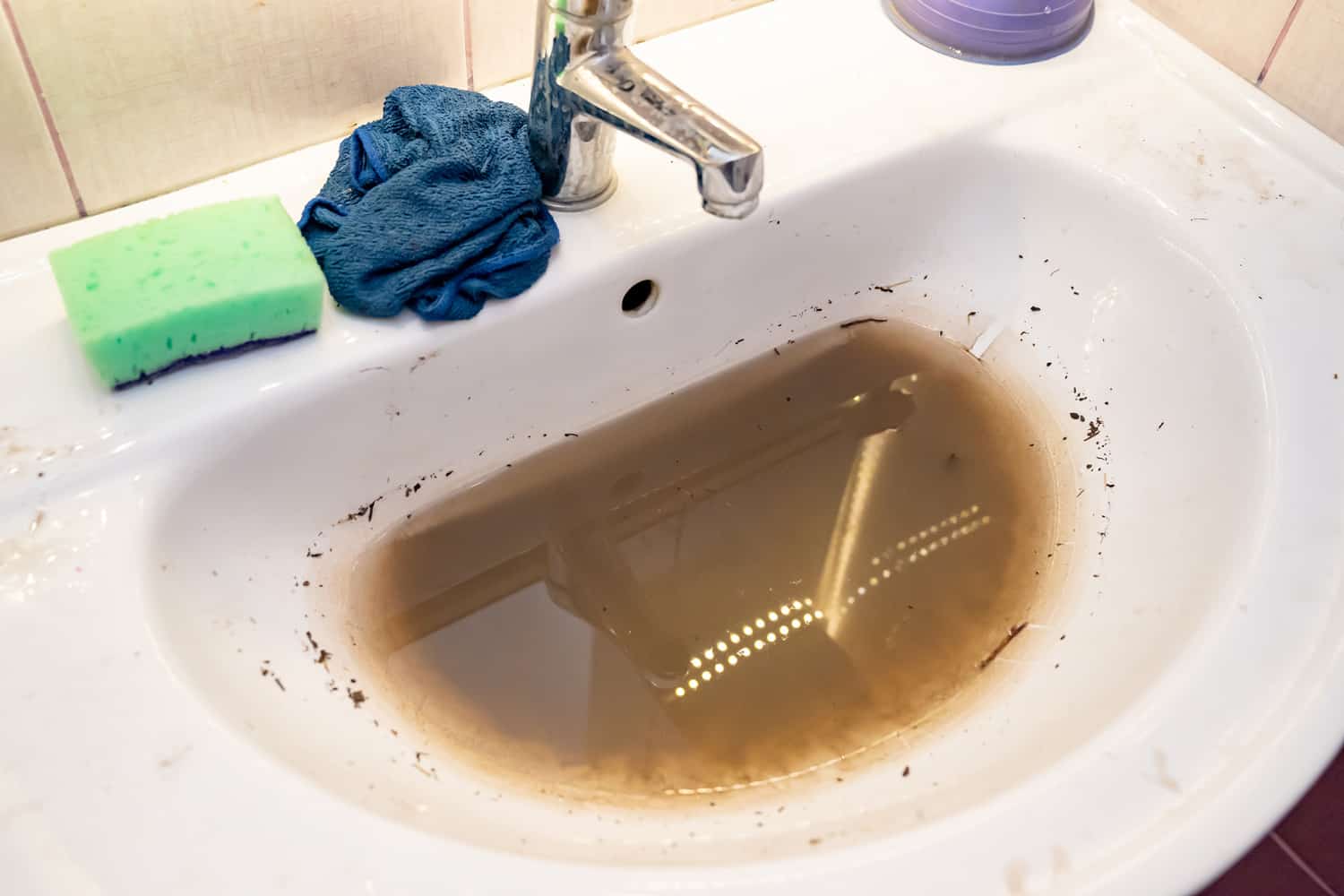
A sluggish drain is simple enough for most people to deal with. The main culprit is filth, hair, and small accessories stuck in the drainpipe.
While you may be enticed to use chemicals to flush your drain, these destructive chemicals can aggravate your skin and eyes and damage old metal pipes. Here are other ways you can try to get your sink working again.
Soften The Slime
Hardened sludge within the sink's drainpipe will limit the drain opening and slow down the passage of water. Here is a simple method for dislodging dirt buildup in the line utilizing kitchen items.
- Pour one-half cup of baking soda into the channel.
- Add one-half cup white vinegar; the effervescing and percolating reaction when you pour in the mixture assists with separating the sludge.
- Block the drain sinkhole by utilizing a little cloth so the mixture doesn't go down the drain.
- Stand by for 15 minutes.
- Dump a bowl of hot water in and let it run for a few minutes to flush out the dissolved slime.
- Note that this method can mainly work for slightly hardened sludge. You might need to check out other methods for thicker blockages.
Clean The Sink Stopper or Plug
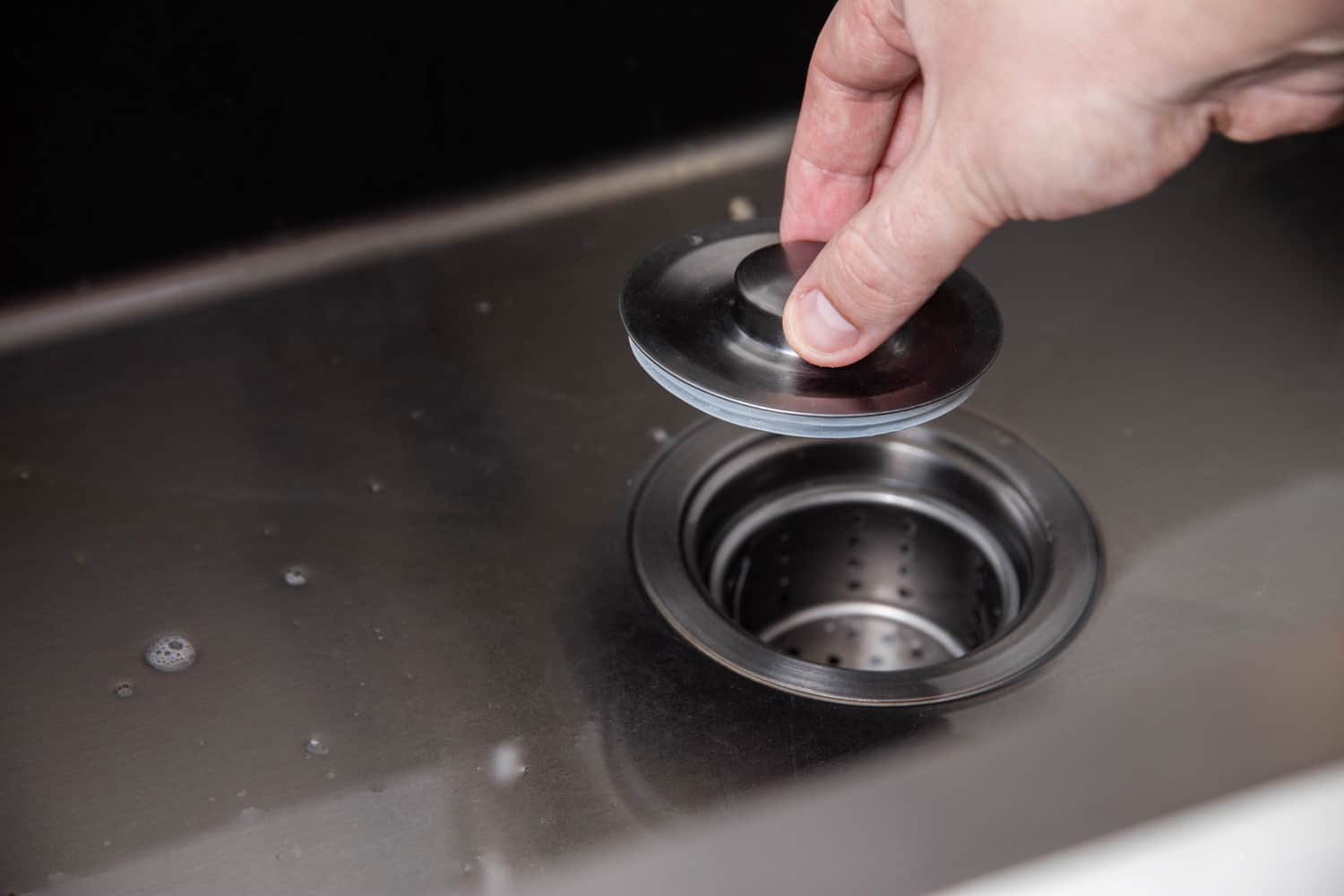
A sink drain stopper is a device that plugs the sink drain to prevent water from leaking outside the sink. It is typically made of plastic, rubber, or metal and can be used in various places, such as bathrooms and kitchen sinks.
Many people use it to prevent water from leaking out of the sink when washing dishes or doing laundry. You can use a sink drain stopper when you have to unclog the sink drain.
The stopper is situated at the mouth of the drain channel, and the metal tail expands a couple of lengths into the line. The sink plug will catch hair, thick gels, and other debris. When this caught sludge gets too huge, you would have a sluggish sink channel.
In numerous sinks, you can disconnect the plug basically by unscrewing it. However, a little knot holds the plug for a few older sink models. Assuming that your sink is the older, more traditional type, adhere to these directions to extract the plug for cleaning:
- Look under the sink, right where the bowl interfaces with the stopper line, and you'll see a little bar with a nut and clasp joined to the line.
- Turn the nut to disconnect it. You could require the use of pincers, assuming it is tight.
- Turn the clasp to remove the bar, and lift the plug out of the channel.
- Assuming the plug is filled with dirt and hair, utilize a paper towel or cloth to completely clear off each of the deposits.
Use a Plunger
The sludge slowing up your drain can be further down the pipe channel than most simple unclogging methods can reach. In this case, a sink plunger can help. For the best outcomes, follow this step-by-step procedure.
- Block the sink's opening with a little cloth.
- Place your cup plunger -not the one for the restroom, which has a spine for fixing a toilet's outlet.
- Place the cup over the sink channel.
- Fill the sink bowl with sufficient water to cover the cup.
- Plunge with speedy motions to compel as much air as expected down into the drain channel.
- If the plunger removes the block, you ought to see the water in the sink rapidly channel away straight down the drainpipe.
A plunger can be utilized on a sluggish sink channel. But it might not be as helpful for a total blockage. A little plunging can assist with releasing hair and debris that is gathered in the line.
Cover the sinkhole with a cloth or some channel tape before plunging to ensure that the plunger can be helpful. Covering the hole makes a seal, which is expected to clear any obstructed pipeline.
See this technique in action, below:
Use a Snake
A plumbers snake is a tool used by plumbers to unclog sink drains. It is made from metal cable, and it has a spiral shape at one end. The other end of the cable is attached to an auger, which can be inserted into the drain and pulled out to clear the clog.
It can be used for clearing clogs in both sinks and toilets. The spiral shape of the snake makes it easy for the plumber to reach narrow spaces such as pipes or between pipes and corners where pipes meet.
If you have attempted all of the above points and are still stuck with a sluggish sink channel, get a channel snake from the home improvement store.
This metal stretches out somewhere in the range of three to 25 feet in length with a twisting catch at the opposite end so you can reach obstruction past the scope of any sink-cleaning instrument. Here's a step-by-step method on how to go about it.
- With the plug disconnected, embed the tip of the snake into the sink channel.
- Move the snake further down the line, occasionally withdrawing it to clean away any collected grit.
- Keep a garbage bin close by, as you'll need someplace to throw whatever comes from the channel.
Assuming you feel a blockage in the line, wrench the channel snake's handle to get through and squirm the instrument delicately from one side to another to clear the obstruction.
When the snake has reached its limit, withdraw it and the collected items and flush the channel with boiling water or baking soda mixture.
See this technique in action, below:
What Size Should a Bathroom Sink be?
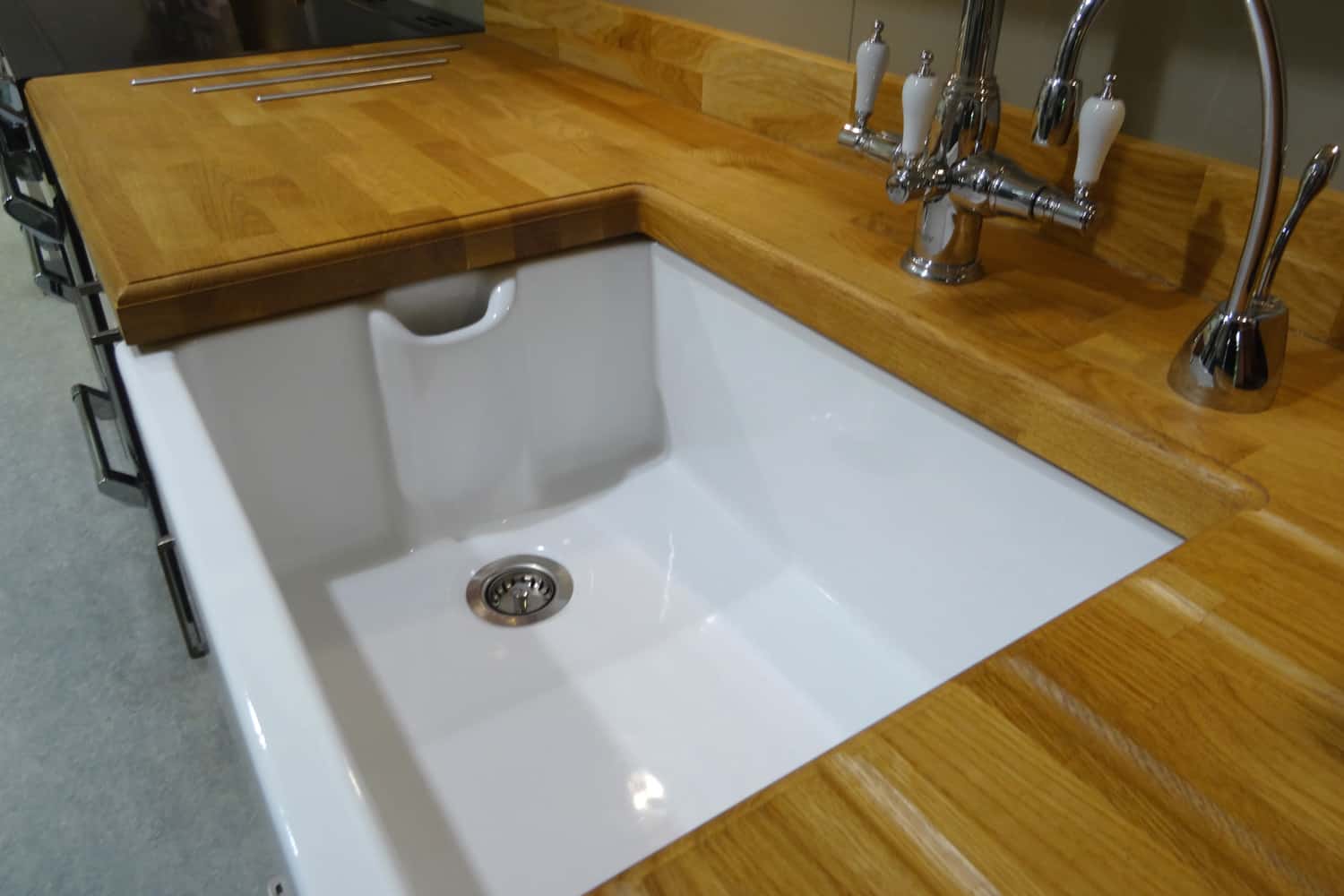
A sink bowel is a home accessory used in the bathroom or kitchen to drain water. It has two parts - the sink and the drain.
There are different types of sinks, but they all have one common purpose - to let water flow out of your bathroom or kitchen. Most sinks are either round or rectangular. Round sinks bowls mostly range between the size of 16 - 20 inches. Rectangular sinks are wider in diameter, between 19 - 24 inches.
The round shape sink gives the sink a more modern look, and it is ideal for small bathrooms with limited space. A rectangular sink has more space, and it can be used in larger bathrooms with plenty of space to spare. Sink bowels can be made from plastic, metal, or ceramic materials.
Can You Cut a Sink Drain?
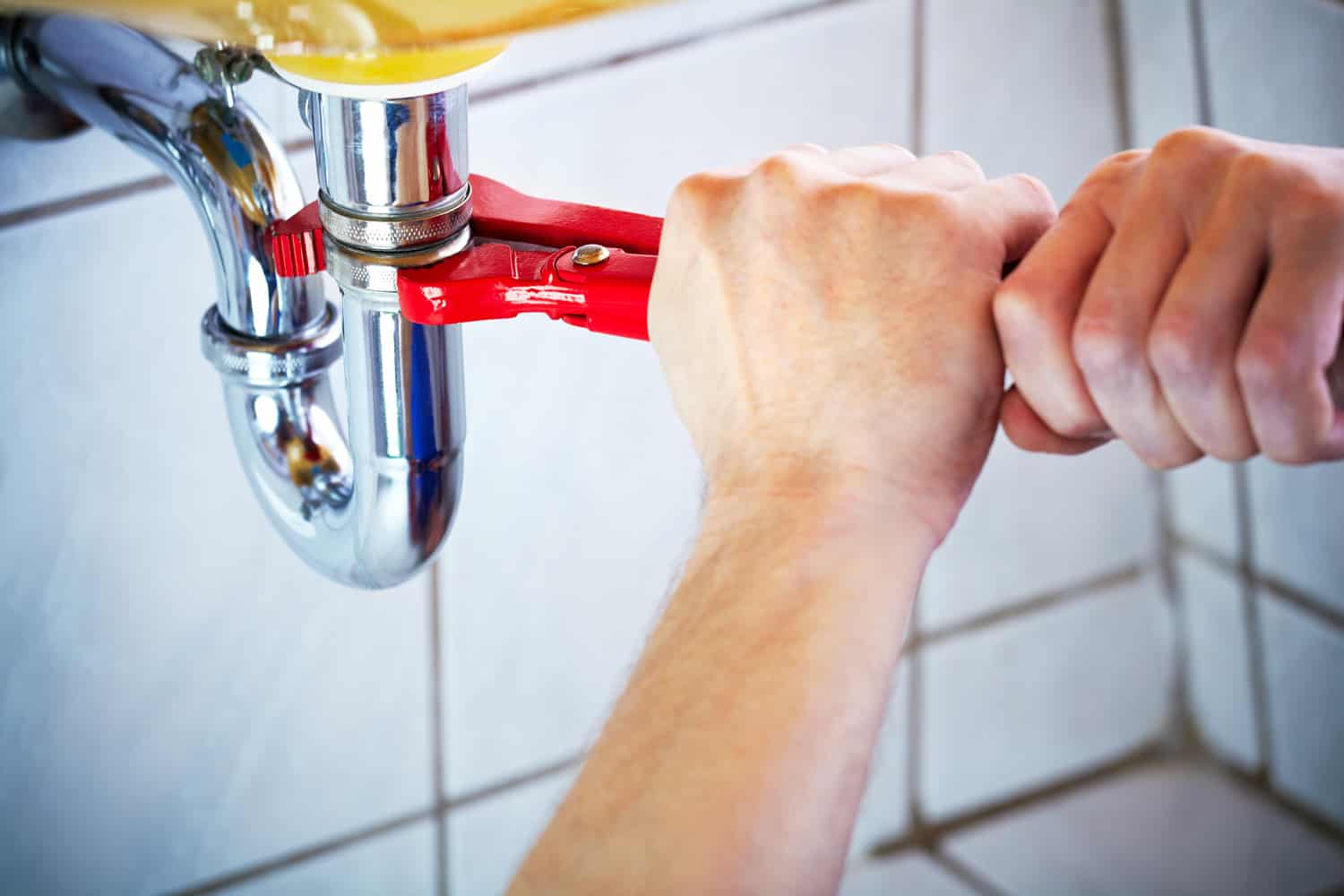
Yes, you can cut a sink drain to the exact size you need. A sink drain is a pipe that leads from the sink’s drain to the sewer system. It can be made of metal, plastic, or ceramic. To do this, you would need three essential pieces of equipment, a PVC cutter, a miter saw, and a hand saw.
The PVC cutter would be used to cut through PVC pipes. A miter saw is a tool used in woodworking and carpentry for cutting angles and cross-sections of wood. A hand saw can also be used for cutting through timber or metal bars.
Can a Sink Drain Go Up?
A high drain pipe can lead to slow drainage, which means water takes longer to pass. The water will accumulate in the low-lying area of the drain, and it would be difficult for it to flow out. The accumulation of water can cause flooding as well.
At the point when water stops streaming down the drain channel, gravity traps water in the bent section of the pipe. This water fills in and becomes an obstruction between the open channel of the sink (or shower, bath, and so forth) and the remainder of the sewer framework for the house. Sewer gas rises, and the water in the p-trap keeps it from returning up and out of the drain channel.
Conclusion
A sink is an essential part of a kitchen and bathroom. It helps in cooking, washing dishes, and cleaning up. At times, debris gets stuck in the sink and needs to be removed. This is where a drain cleaner comes into play to help prevent clogging issues. Generally, you can maintain a fast-flowing sink by not flushing solid items down the drain.
To learn more about taking care of your sink, read these engaging articles:
